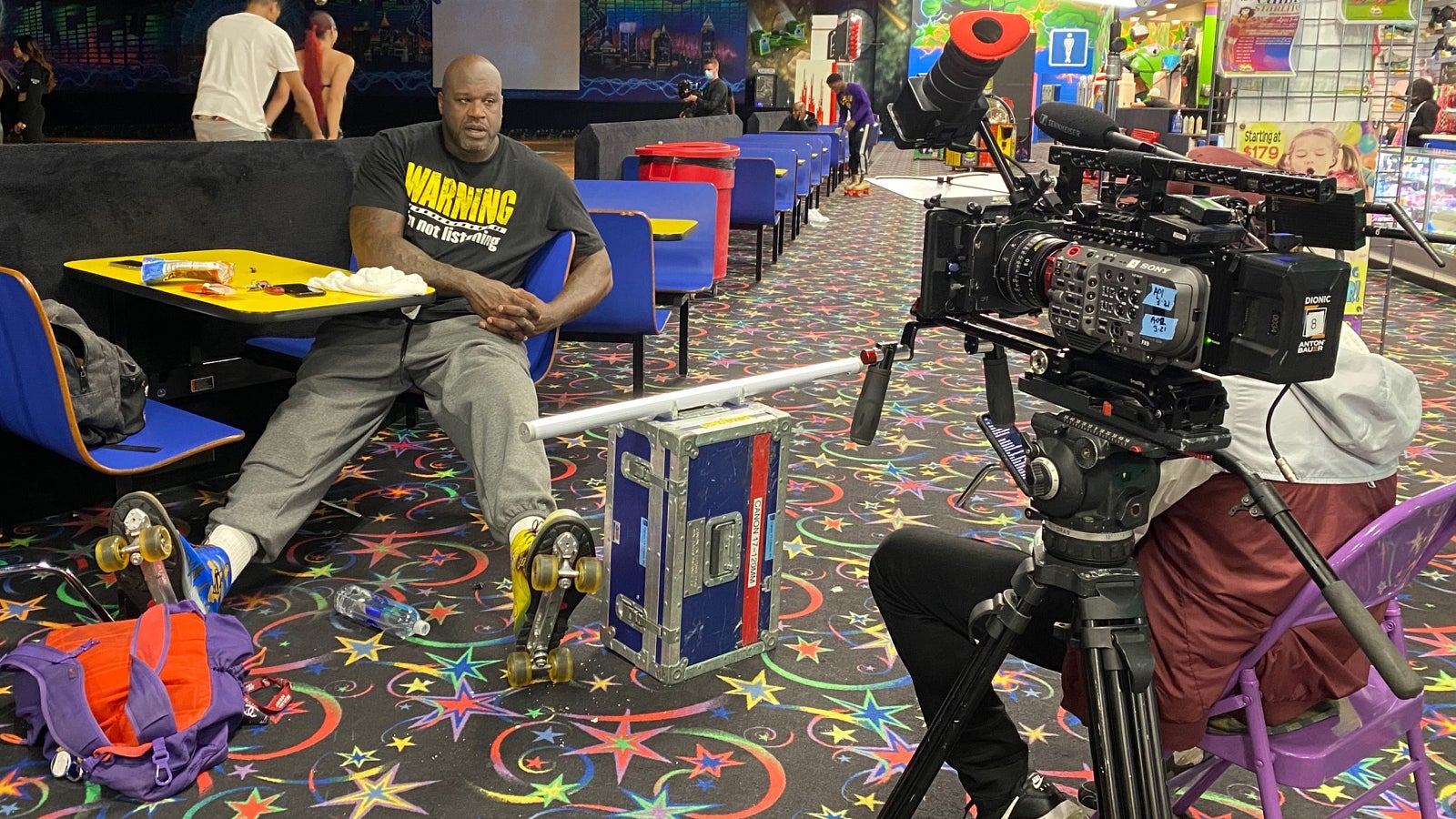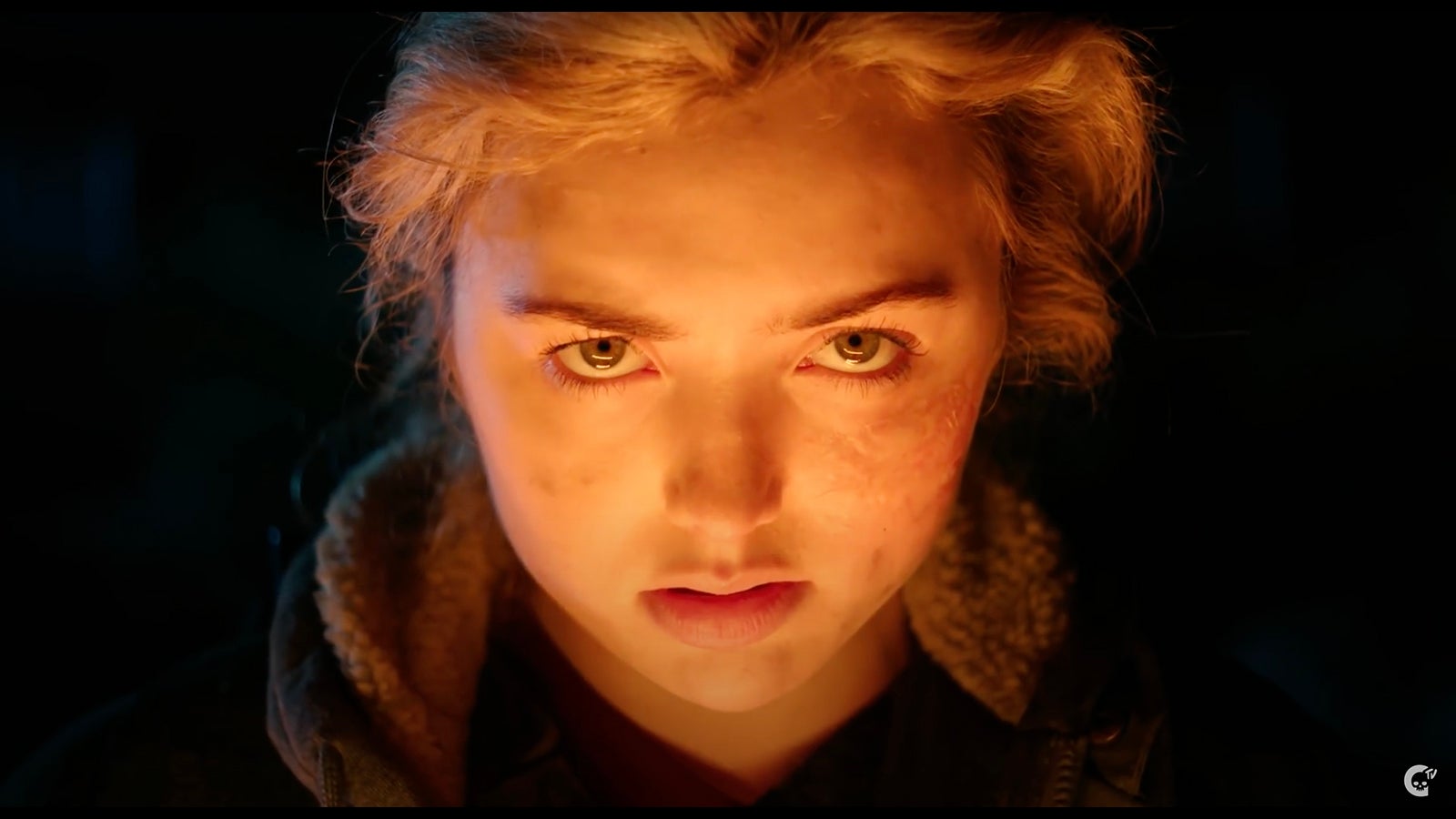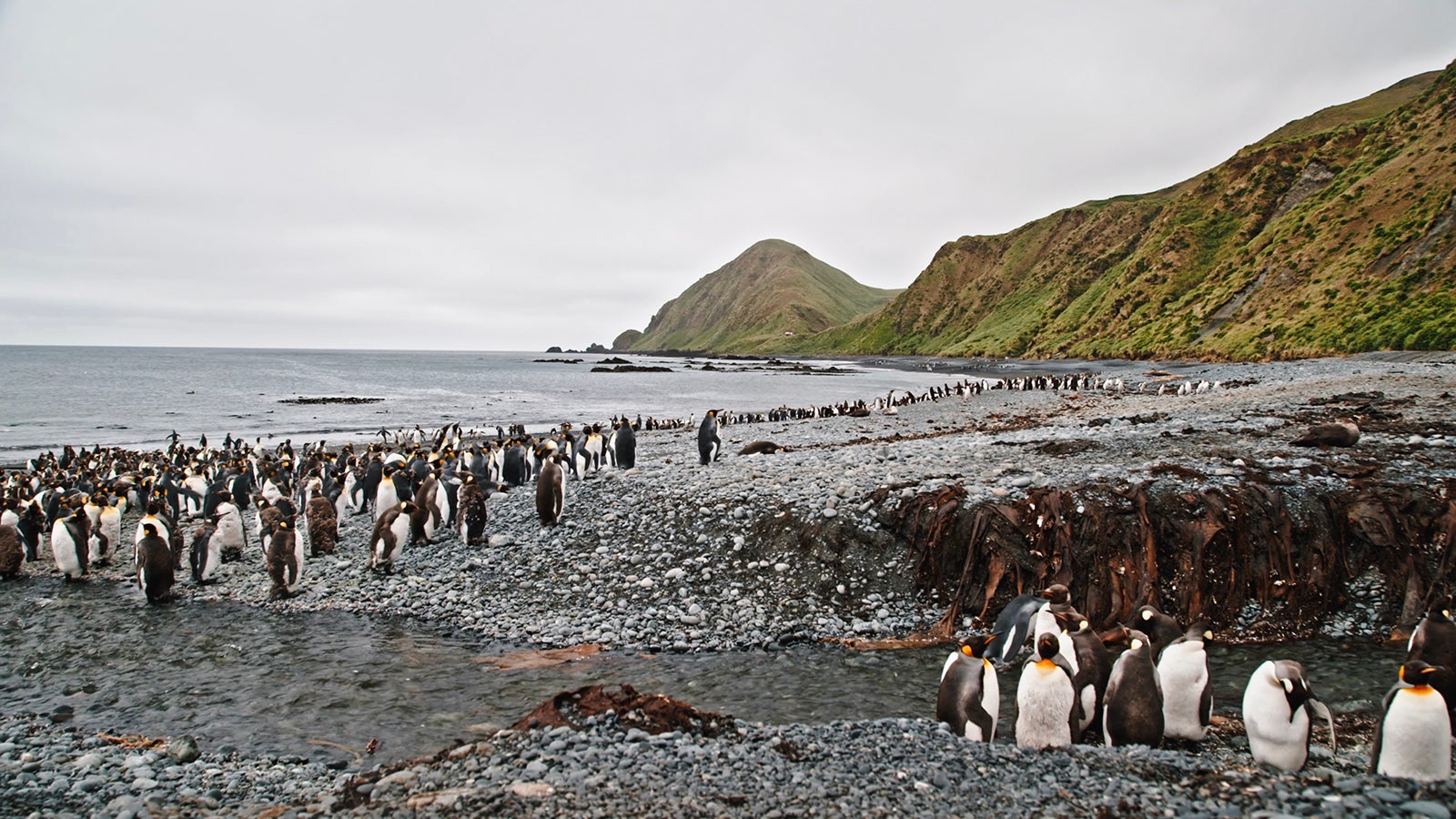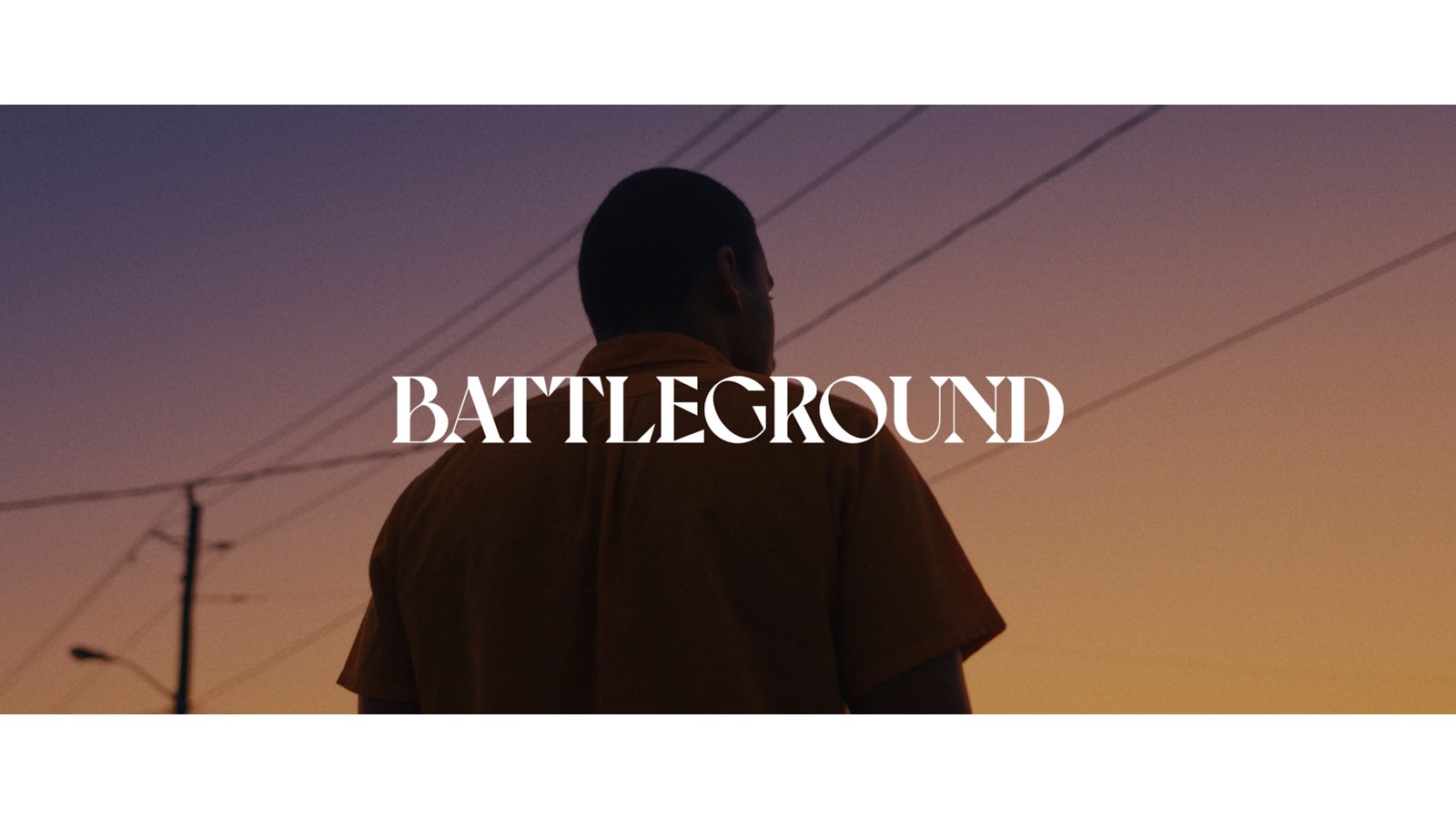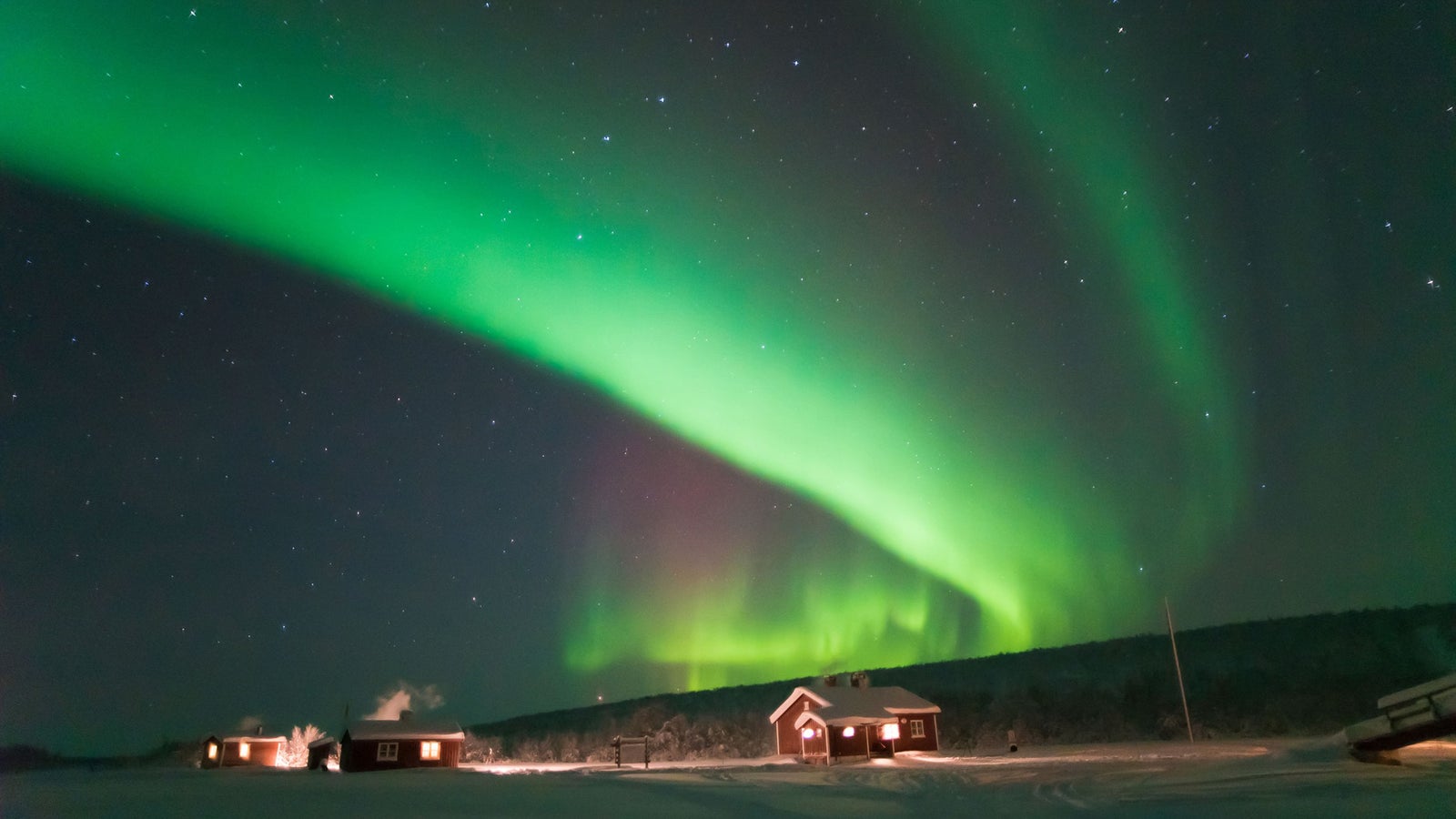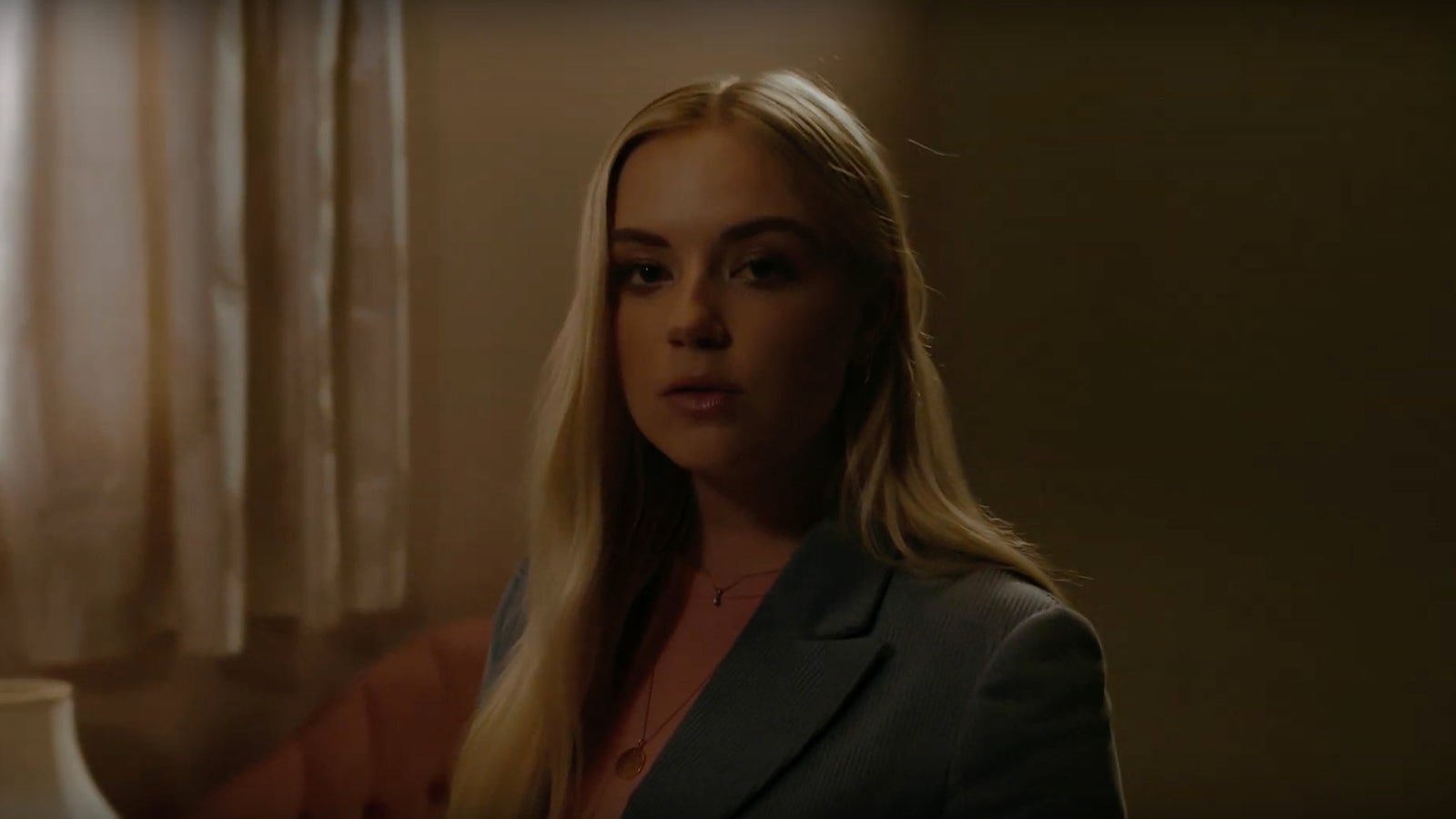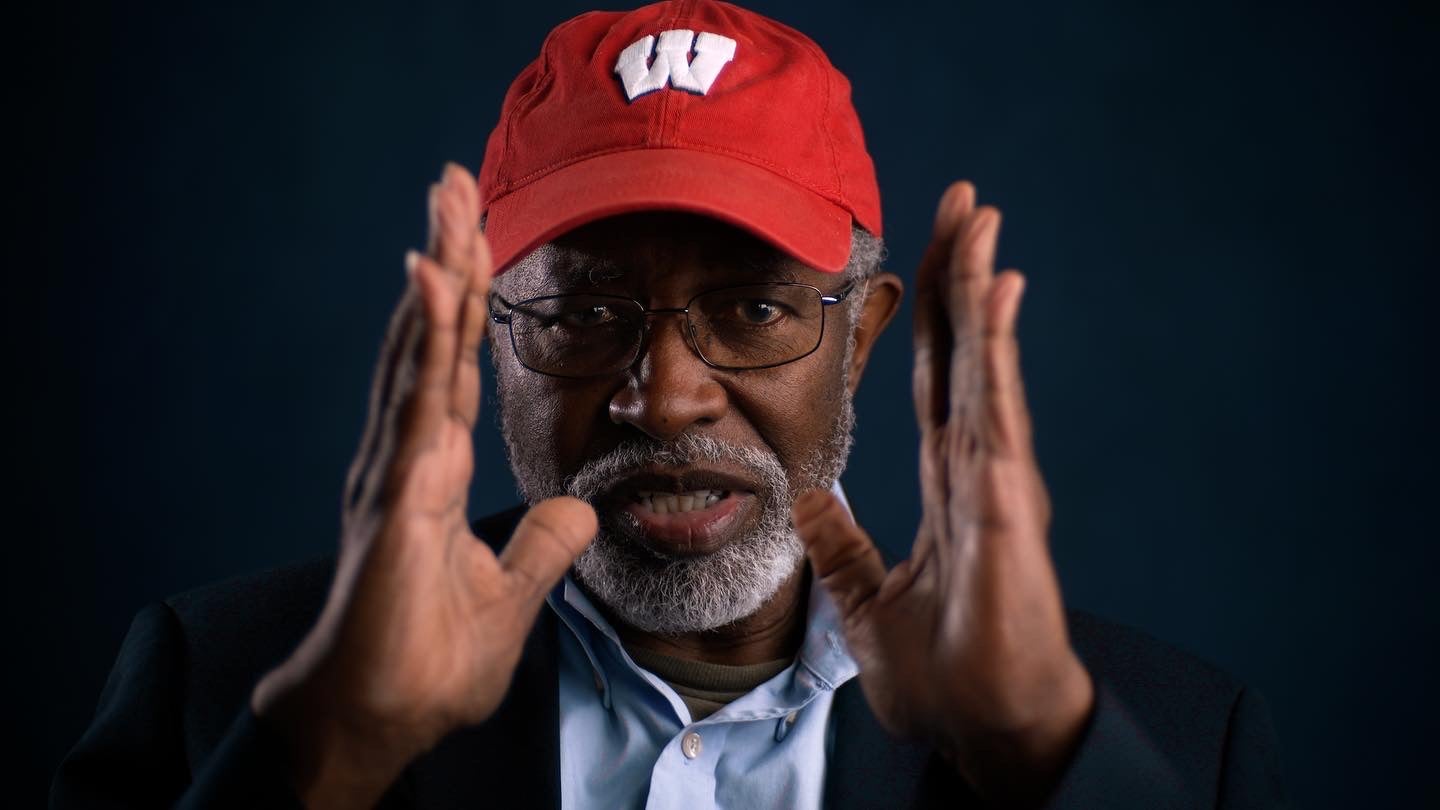
01-07-2025 - Filmmaker Interviews
Director Dominic Gill Gives Voice to Silence in The Oscar-Shortlisted Documentary Planetwalker
By: Yaroslav Altunin
The life of Dr. John Francis is hard to define. Is he an environmentalist? An activist? A monk upholding a vow of silence? In the documentary short Planetwalker, we discover that he may be all three and so much more.
Directed by filmmakers Dominic and Nadia Gill, Planetwalker explores the unique life of John Francis, who, after witnessing the tragic effects of the 1971 San Francisco Bay oil spill, chose not to ride in oil-powered transport. Shortly after that decision, he took a vow of silence, preferring to listen and learn from the world around him rather than argue with those he met.
For the next 17 years, Dr. Francis walked across the country, earning a Masters and Phd in environmental science, and faced the inherent risks of walking-while-black in America during the 1970s and 80s.
All in support of our environment. And all without saying a word.
Sony Cine sat down with Dominic Gill to learn more about his subject, how he crafted this documentary on a shoe-string budget, and how the legend of Dr. John Francis can teach us to tells stories with silence.
Video: Watch Planetwalker
Mixing Media to Craft Planetwalker
During COVID and following the death of George Floyd, Nadia Gill found a brief article about Dr. Francis, as well as other figures of the black community who were never given the spotlight for their achievements.
“There was a lot of publicity everywhere, not surprisingly, about black people of note that you've never heard of,” Gill said. “And there was a very short blog about John and his journey.”
“Nadia read it and wondered why the hell we hadn't heard of John before, and more to the point, wondered why no film has been made about this man.”
After some research, the documentarians discovered that they had a friend in common with John. From there, the connection with their subject was forged and, after Dr. Francis did his own research on the filmmaking duo, the project came to life.
The crew often only included Dominic and Nadia. On occasion, co-producer Michael Fearon joined them, but Gill made sure to keep the crew as small as possible.
“Given that this was not a well-funded endeavor, it was too expensive for all three of us to travel around to the numerous interview locations,” Gill said. “So instead, we limited our crew size to two, and while Nadia and Michael conducted interviews, I served as DP, co-director, sound, lighting and grip.”
Every dollar the Gill’s had, they saved for the story and the images they needed to capture. Leaning on mixed-media, Gill combed through archived footage pulled from video and Betamax. This was combined with original animation created by Remy Ndow, reenactments shot on Super 8, and interview footage captured by the Sony FX9 and A7SIII.
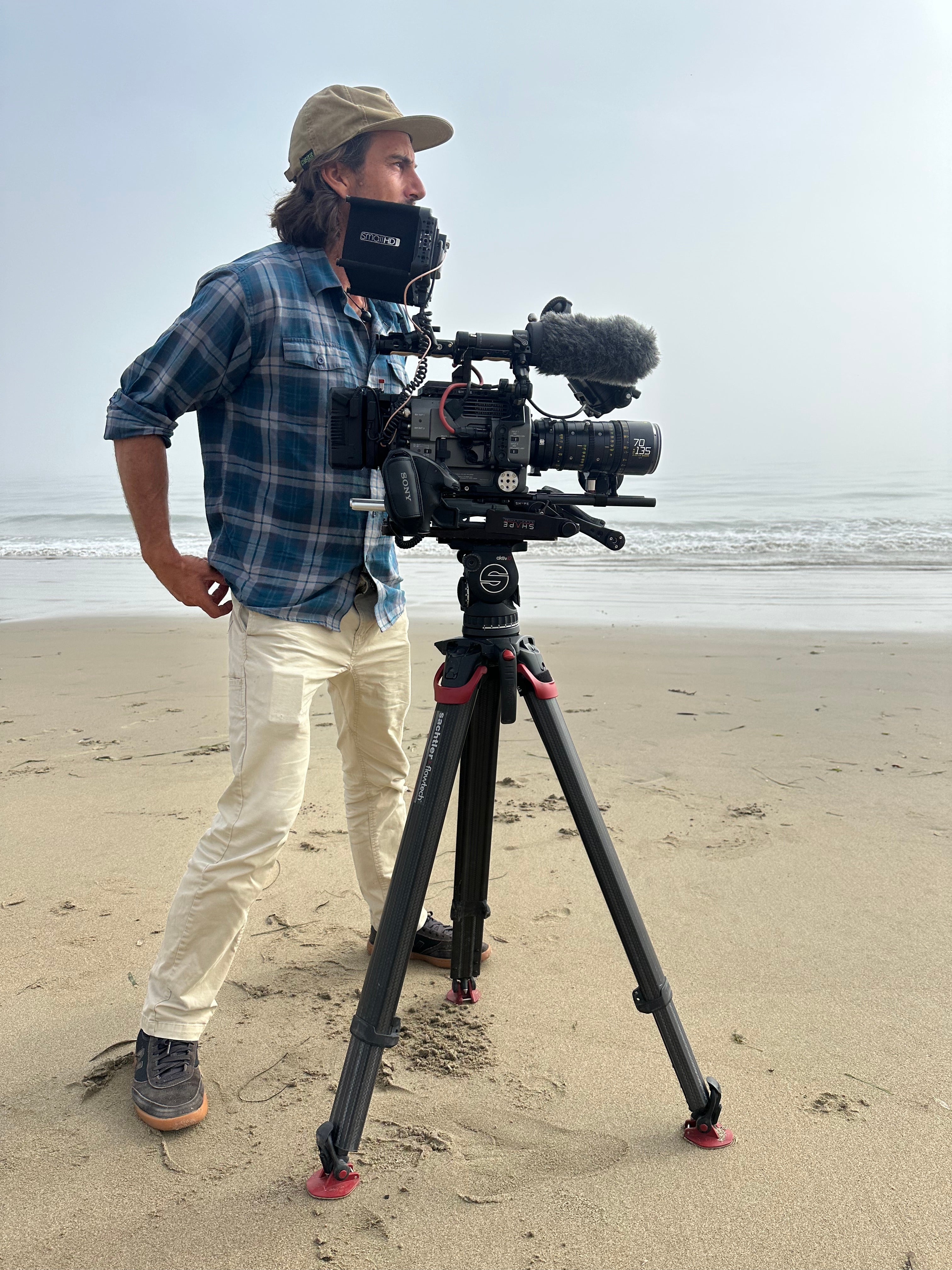
Behind the scenes with filmmaker Dominic Gill and his camera set up
How The Sony FX9 Builds Docs on a Budget
Choosing the Sony FX9 for this project was part necessity and part trust. It’s a tool that Gill has used for many years and its feature set was able to help stretch every dollar this project had. The familiarity with the camera helped the director easily mold his story without needing to focus on technical aspects.
“As a production company, we own Sony (cameras), so obviously it's the most cost-effective decision,” Gill continued. “But the FX9 we use now, and the FS7 we used in the past, have a great form factor for shoulder mounted shooting with minimal accessories, and they fire up really quickly, so you don't miss anything. It's a great documentary filmmaking camera.”
With about a dozen interviews to capture across the nation, including Dr. Francis himself, Gill needed a tool that was battle-tested and traveled well. The Sony FX9 provided a strong foundation that kept the two-person team on budget as they followed the trail of Dr. Francis across the nation.
“In thinking about ways that we can economize, I always think about post-production and, particularly, grading,” Gill explained. “I love my colorists at RKM Studios in LA, but I realized that our budget may not stretch to a solid grading session, so I shot the whole thing in the S-Cinetone colorspace.”
This allowed Gill to expedite the color grading step in his post-production pipeline, which further helped extend the budget so that the team could focus on the story first.
“S-Cinetone looked great in a well-controlled interview setting and was easily cut with the footage from Gill’s A7SIII,” Gill said. “If you shoot well and you light well, S-Cinetone can go into post and go onto the screen almost uncolored, which saves thousands of dollars,”
“In my experience, S-Cinetone holds up really well (compared to using LOG with a generic LUT) when it comes to reflecting different color temperatures.”
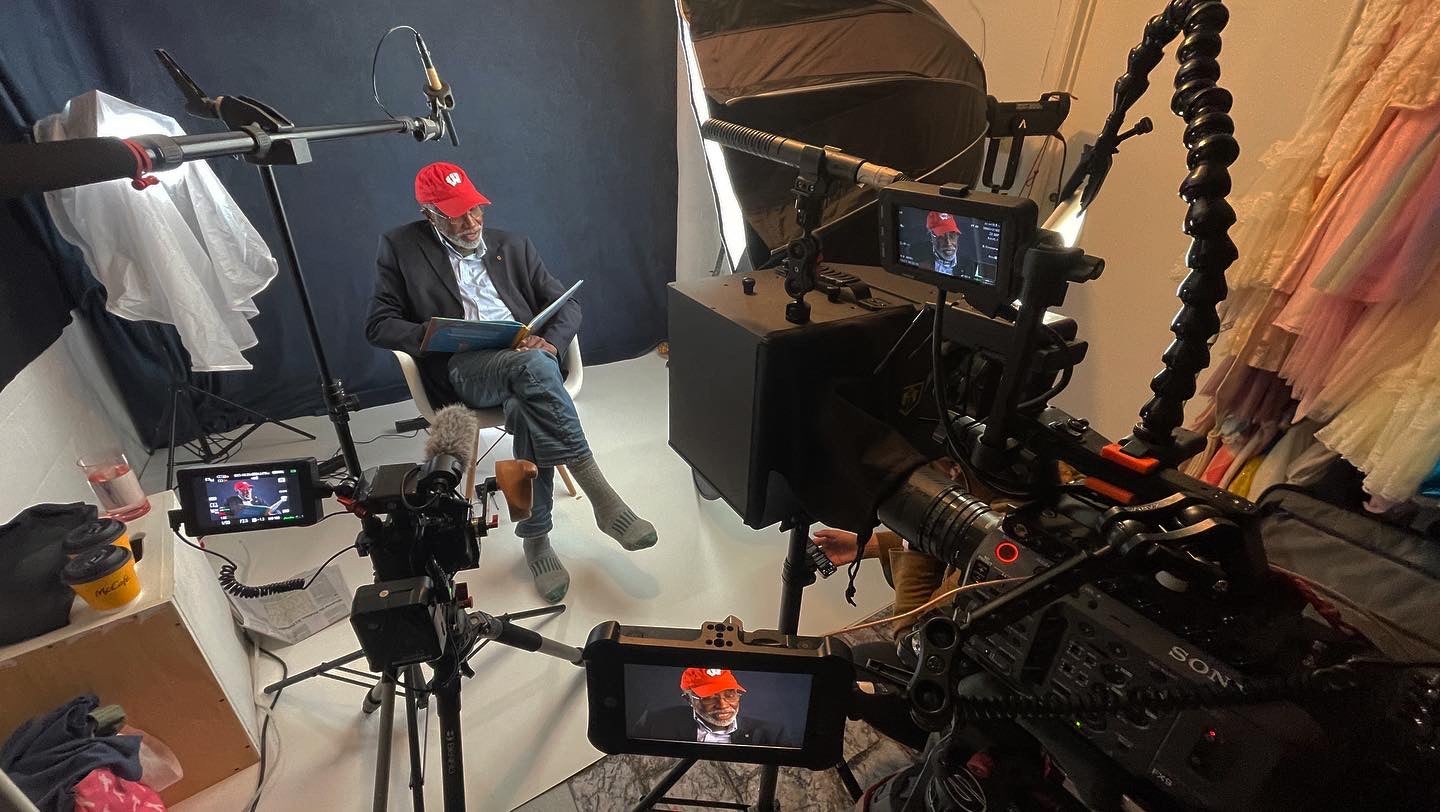
Behind the scenes of Planetwalker
Giving Silence a Voice
During his years of silence, Dr. Francis discovered that actions can have more of an impact than any word or phrase we can muster. That listening to the world around you provides the most valuable life lessons. Living what he believed, and ‘walking the walk’, Dr. Francis left an impact on every person he met along the way.
For Gill, capturing the effect of that silence on these people defined the legend of Dr. John Francis as much as the man. Yet bringing this story to life required balancing on the budget tightrope in every phase of the production. By leaning on the tools he trusted most, Gill found the freedom to avoid compromises and amplified the hard-won message of kindness that Dr. Francis has left in the path of his journey.
Released to the public by the LA Times via their Short Docs platform, Planetwalker has now been short-listed for the 2025 Oscars.
For another perspective on documentary filmmaking, check out this article: Acclaimed Photographer Jean Fruth Celebrates Women in Baseball with Sony Cameras
